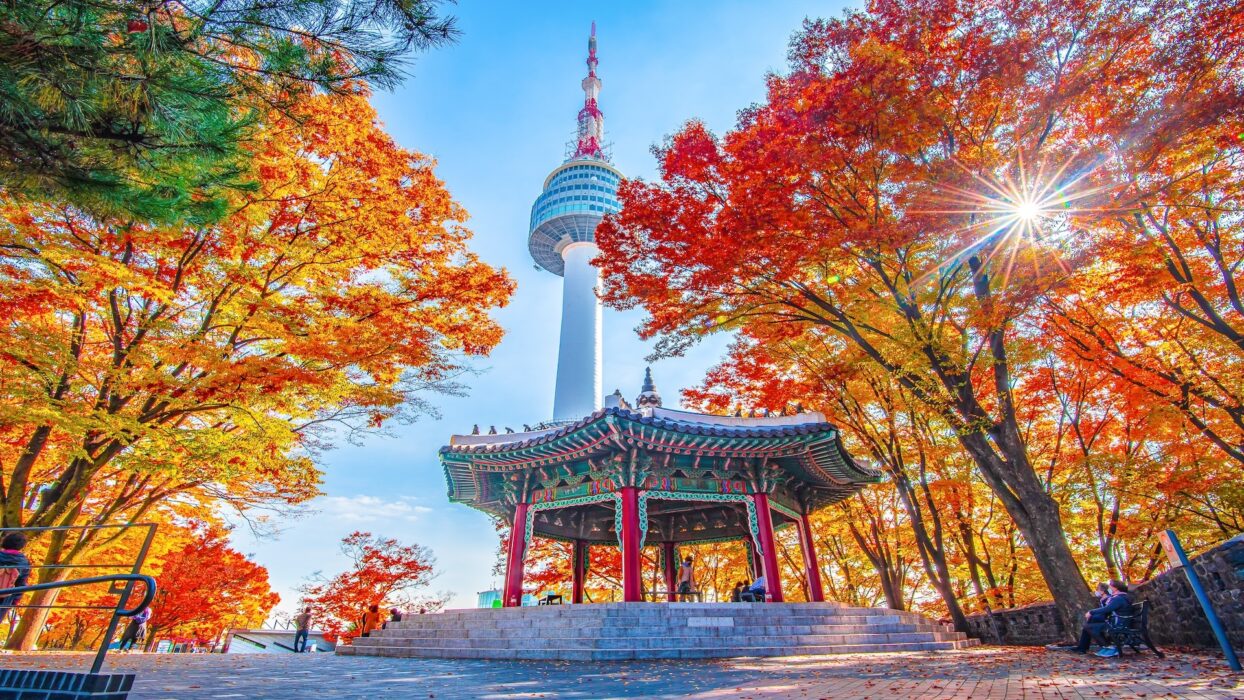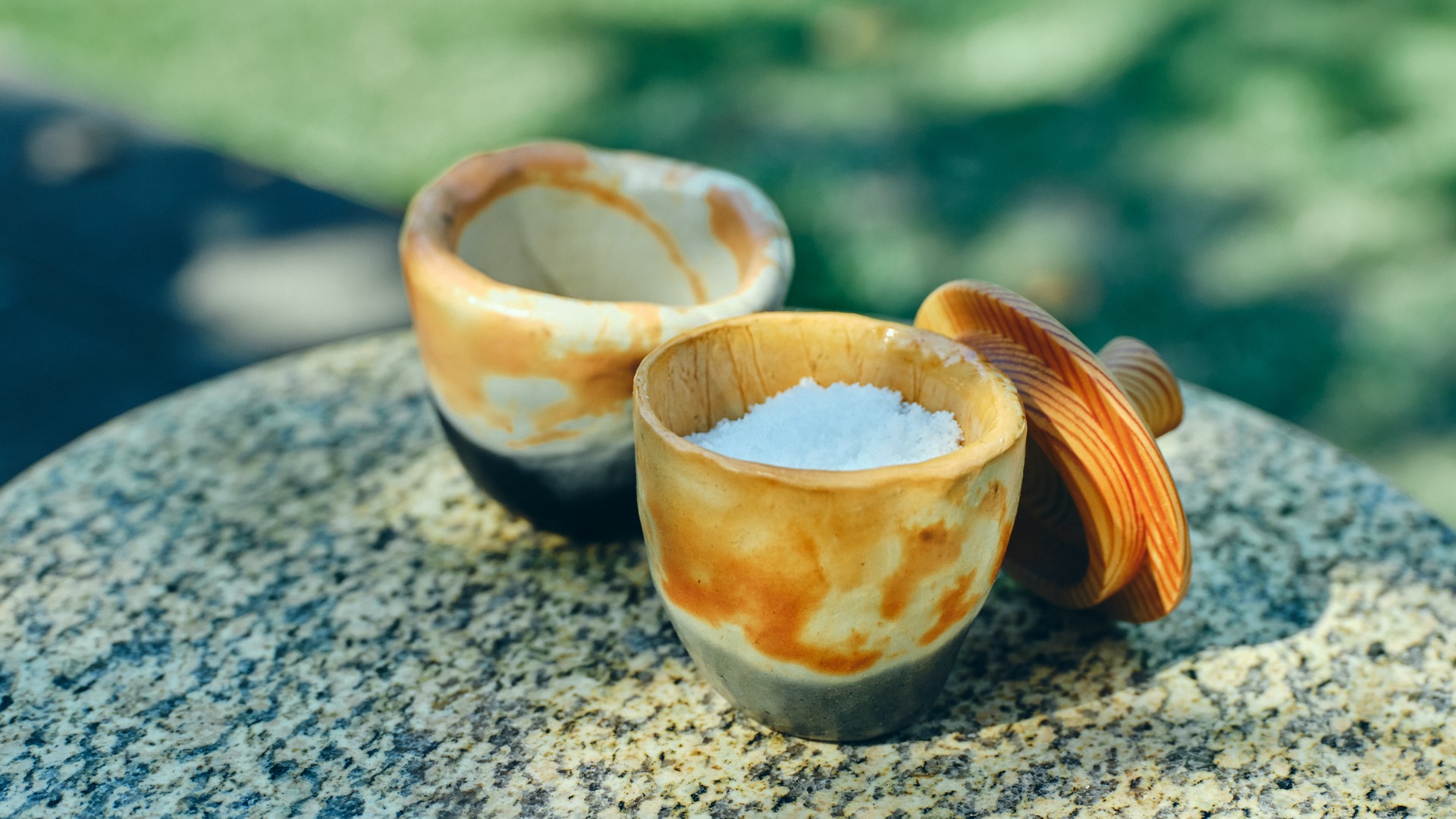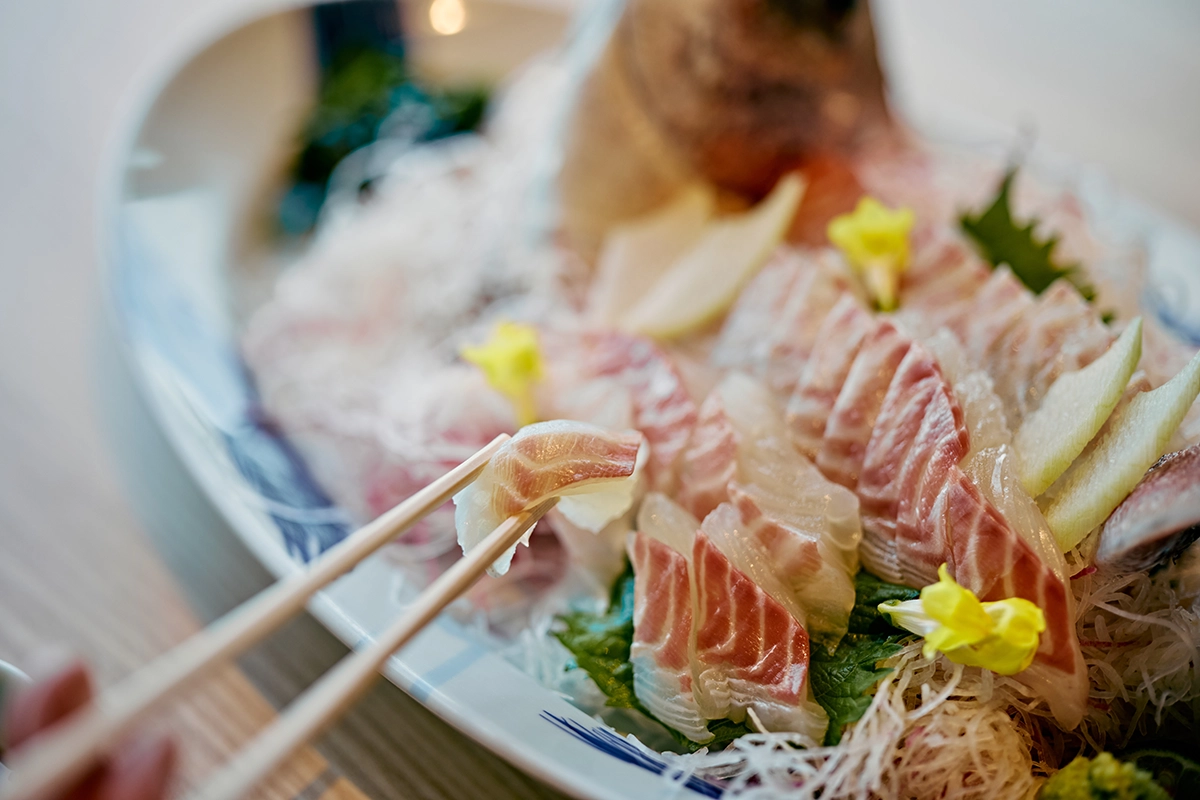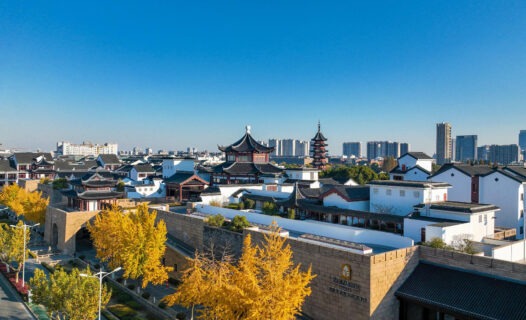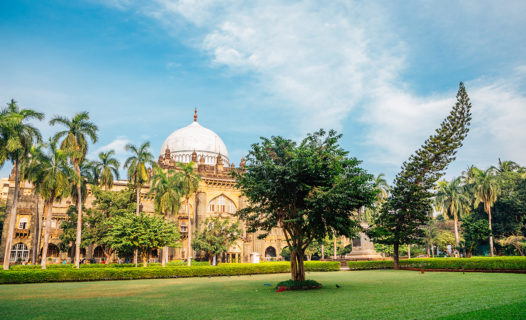Welcome to Gwangjang Market: A Culinary Hotspot in Seoul
When it comes to experiencing the heart of Korean food culture, Gwangjang Market is a must-visit destination that promises a delightful journey through the vibrant flavors of Seoul. This historic market, renowned as one of the oldest in the city, is a bustling hub where culinary traditions come to life, and the aroma of sizzling street food fills the air. Whether you’re a seasoned foodie or a curious traveler, Gwangjang Market offers an authentic glimpse into the rich tapestry of Korean cuisine and the lively street food scene that has captivated visitors from around the globe.
From the moment you step foot into the market, you’ll be embraced by an atmosphere that buzzes with energy and excitement. Picture this: colorful stalls adorned with fresh ingredients, friendly vendors calling out to entice you with their mouthwatering offerings, and the sound of sizzling pans creating a symphony of culinary magic. This is not just a place to eat; it’s a cultural experience that reflects the soul of Korea. The market is a treasure trove of authentic Korean cuisine, where each bite tells a story of tradition, love, and community.
Discovering Gwangjang Market: A Food Lover’s Paradise
As you wander through the labyrinth of food stalls at Gwangjang Market, you’ll quickly realize that this is a paradise for food lovers. The market is a feast for the senses, with its vibrant colors, tantalizing smells, and the joyful chatter of fellow diners. The layout of the market is intuitive, with various sections dedicated to different types of food, making it easy to navigate through the culinary delights.
One of the highlights of Gwangjang Market is the sheer diversity of food stalls that line the pathways. From savory pancakes to sweet rice cakes, there’s something to satisfy every palate. Each vendor has their unique specialties, often passed down through generations. You might hear a visitor remark, “I came for the Bindaetteok (mung bean pancakes), but I left with a newfound love for Mayak Kimbap!” This sentiment perfectly captures the magic of Gwangjang Market—once you start tasting, it’s hard to stop!
Many visitors share similar stories of their culinary adventures here. One traveler exclaimed, “It’s like walking through a delicious dream! I never knew I could enjoy so many flavors in one place.” This infectious enthusiasm is what makes Gwangjang Market such a cherished spot for locals and tourists alike. The market is a melting pot of cultures and tastes, and every visit is an opportunity to discover something new.
Must-Try Foods at Gwangjang Market: A Culinary Adventure
No trip to Gwangjang Market would be complete without indulging in its signature dishes. Prepare your taste buds for a culinary adventure filled with must-try foods that are sure to leave a lasting impression. Let’s explore some of the iconic dishes that you simply cannot miss!
- Mung Bean Pancakes (Bindaetteok): Crispy on the outside and soft on the inside, these savory pancakes are made from ground mung beans and a medley of vegetables. Served with a side of soy sauce for dipping, they are a beloved snack that perfectly captures the essence of Korean street food.
- Soy-Marinated Crab: For those willing to try something a little different, this dish is a true delicacy. The crab is marinated in a savory soy sauce, giving it a rich flavor that pairs beautifully with steamed rice. It’s a must-try for seafood lovers!
- Knife-Cut Noodle Soup (Kalguksu): Comfort food at its finest! This hearty noodle soup features handmade, knife-cut noodles served in a flavorful broth, often accompanied by vegetables and tender meat. It’s the perfect dish to warm you up on a chilly day.
- Spicy Rice Cakes (Tteokbokki): A favorite among locals, these chewy rice cakes are stir-fried in a sweet and spicy sauce, often served with fish cakes and boiled eggs. They are the ultimate street food snack that packs a punch!
- Addictive Seaweed Rolls (Mayak Kimbap): These bite-sized seaweed rolls are filled with seasoned rice and vegetables, making them a perfect on-the-go snack. The name “Mayak” translates to “addictive,” and once you try them, you’ll understand why!
Each of these dishes has its own unique story and history, making them not just a meal but a cultural experience. As you savor these must-try foods, you’ll find yourself immersed in the vibrant flavors that define Korean street food.
Gwangjang Market Tours: Your Guide to the Best Food Experience
If you’re eager to make the most of your culinary adventure at Gwangjang Market, consider joining one of the many Gwangjang Market tours available. These guided experiences are perfect for food enthusiasts who want to explore the market’s hidden gems while learning from knowledgeable locals.
There are a variety of tours to choose from, including group and private options. Group tours often provide a lively atmosphere, where you can share your foodie experiences with fellow travelers. Private tours, on the other hand, offer a more personalized approach, allowing you to tailor your experience based on your specific tastes and dietary preferences.
Many tours include tastings of popular dishes, giving you the chance to sample a wide range of flavors without the stress of navigating the bustling market alone. Whether you’re a vegetarian, a seafood lover, or someone with a sweet tooth, there’s a tour designed just for you!
A popular tour guide, Ji-Soo, shared her favorite moment: “One time, a guest tried Mayak Kimbap for the first time and couldn’t stop smiling. It’s those little moments that make guiding so special!” This is just one of the many delightful experiences waiting for you at Gwangjang Market.
Cultural Insights: Dining Etiquette and Socializing in Korea
Korean food culture. As you savor your dishes, you’ll notice the importance of sharing and communal dining in Korean society. It’s common for people to order several dishes and share them among friends and family, creating a sense of togetherness.
When dining, remember to use both hands when passing food or drinks to others—this shows respect and appreciation. If you’re offered a drink, it’s polite to accept it with both hands, and if you’re enjoying a meal with locals, don’t be surprised if they invite you to join in a friendly drinking game!
One local shared, “We love to gather around a table filled with food, laughter, and stories. It’s a beautiful way to connect with each other.” So, don’t hesitate to engage with fellow diners; you might just make some new friends along the way!
Practical Information for Travelers: Navigating Gwangjang Market
Before you set off on your Gwangjang Market adventure, here’s some practical information to help you make the most of your visit:
Operating Hours
Gwangjang Market is open daily, but the food stalls typically operate from around 9 AM to 10 PM. Peak hours are during lunch and dinner, so if you prefer a more relaxed experience, consider visiting in the mid-afternoon.
Transportation Tips
Getting to Gwangjang Market is easy! The market is conveniently located near Jongno 5-ga Station on Line 1 of the Seoul Subway. Just take Exit 7, and you’ll find yourself at the entrance in no time. If you’re coming from popular areas like Myeongdong or Insadong, a short taxi ride will also do the trick!
Health and Safety Tips
While indulging in delicious street food, it’s important to keep a few safety tips in mind. Always choose stalls that have a high turnover of customers, as this usually indicates fresh food. If you’re unsure about a dish, don’t hesitate to ask the vendor about its ingredients—most are more than happy to share their culinary secrets!
Seasonal Travel Insights: Visiting Gwangjang Market Year-Round
Gwangjang Market is a fantastic destination any time of year, but each season brings its own unique flavors and experiences. In the spring, you might find fresh cherry blossom rice cakes that celebrate the blooming season, while summer is perfect for enjoying cold noodle dishes to beat the heat.
As autumn rolls around, be sure to try seasonal specialties like chestnut pancakes and sweet potato snacks that warm your soul. Winter is the time for hearty dishes like hotteok (sweet pancakes) and steaming bowls of kalguksu to keep you cozy.
Each season transforms the market’s atmosphere, making every visit a new adventure. So, no matter when you go, there’s always something exciting to discover!
Fun Facts About Gwangjang Market: Trivia for Food Lovers
Did you know that Gwangjang Market has been around since 1905? It’s one of the oldest traditional markets in Seoul, and it has a fascinating history that reflects the evolution of Korean food culture. Here are a few fun facts to impress your friends:
- Home of the First Korean-Style Restaurant: Gwangjang Market is credited with being the birthplace of the Korean-style restaurant, where local dishes were served in a communal setting.
- Celebrity Spotting: Many famous chefs and food critics have visited Gwangjang Market, making it a popular spot for food lovers and culinary professionals alike.
- Street Food Festivals: The market hosts various street food festivals throughout the year, showcasing the best of Korean cuisine and attracting foodies from around the world!
Culinary Deep Dive: The Ingredients and Techniques Behind Korean Street Food
At the heart of every delicious dish at Gwangjang Market lies a rich tapestry of ingredients and cooking techniques that define traditional Korean food. Common ingredients include gochujang (red chili paste), soy sauce, and sesame oil, which add depth and flavor to many dishes.
Cooking techniques vary from grilling to frying, with many vendors using age-old methods that have been passed down through generations. For instance, the art of making Bindaetteok involves soaking mung beans overnight, grinding them into a paste, and then frying them to crispy perfection. Each vendor often has their own secret twist, making every bite a unique experience!
Curious about how these dishes are made? Some vendors are happy to share their cooking methods and stories, so don’t hesitate to ask while you savor your food!
Festivals and Events: Celebrating Food at Gwangjang Market
Throughout the year, Gwangjang Market hosts various food festivals and cultural events that celebrate the vibrant local food scene. These events often feature cooking demonstrations, food tastings, and even live performances, making your visit even more memorable.
One of the most popular events is the Gwangjang Market Food Festival, where you can sample a wide variety of dishes and learn about the history behind them. It’s a fantastic way to immerse yourself in the local culture and discover new flavors!
Shopping Guide: Souvenirs and Local Products at Gwangjang Market
While you’re indulging in delicious food, don’t forget to check out the unique souvenirs and local products available at Gwangjang Market. From traditional Korean spices and sauces to handmade crafts, there’s something for everyone.
Be sure to look for fermented foods like kimchi, which makes for a perfect gift to take home. If you’re interested in souvenirs, traditional Korean textiles and handicrafts are also popular choices. And remember, bargaining is part of the shopping experience, so don’t hesitate to negotiate for the best deal!
Commonly Asked Questions (FAQs) About Gwangjang Market
Here are some common questions travelers have about Gwangjang Market:
- What’s the best time to visit? The market is busiest during lunch and dinner hours, so visiting in the late morning or mid-afternoon can provide a more relaxed experience.
- What payment methods are accepted? Most vendors accept cash, but some may also take credit cards. It’s a good idea to have some Korean won on hand for smaller purchases.
- Is English spoken? While many vendors may not speak fluent English, they are usually friendly and willing to help. Learning a few basic Korean phrases can enhance your experience!
Transportation Details: Getting to Gwangjang Market
Getting to Gwangjang Market is easy and convenient. As mentioned earlier, the market is located near Jongno 5-ga Station on Line 1 of the Seoul Subway. If you’re coming from popular areas like Myeongdong or Insadong, a quick taxi ride will also get you there.
For those driving, there are parking facilities nearby, but they can fill up quickly during peak hours. Using public transportation is often the best option to avoid the hassle of parking.
Sustainability and Conservation Focus: Eating Responsibly at Gwangjang Market
As you indulge in the culinary delights of Gwangjang Market, consider supporting vendors who prioritize sustainability. Many local vendors are committed to using fresh, locally sourced ingredients and eco-friendly practices.
For instance, some stalls offer biodegradable containers for takeout, and others focus on minimizing food waste by using every part of the ingredients they sell. By choosing to eat at these vendors, you’re not just enjoying delicious food—you’re also supporting responsible practices that benefit the community.
Gwangjang Market is not just a place to eat; it’s a vibrant cultural experience that offers a glimpse into the heart of Korean food traditions. From the bustling stalls to the mouthwatering dishes, every visit is an adventure waiting to unfold. So grab your appetite and get ready to explore the culinary wonders of Gwangjang Market!

